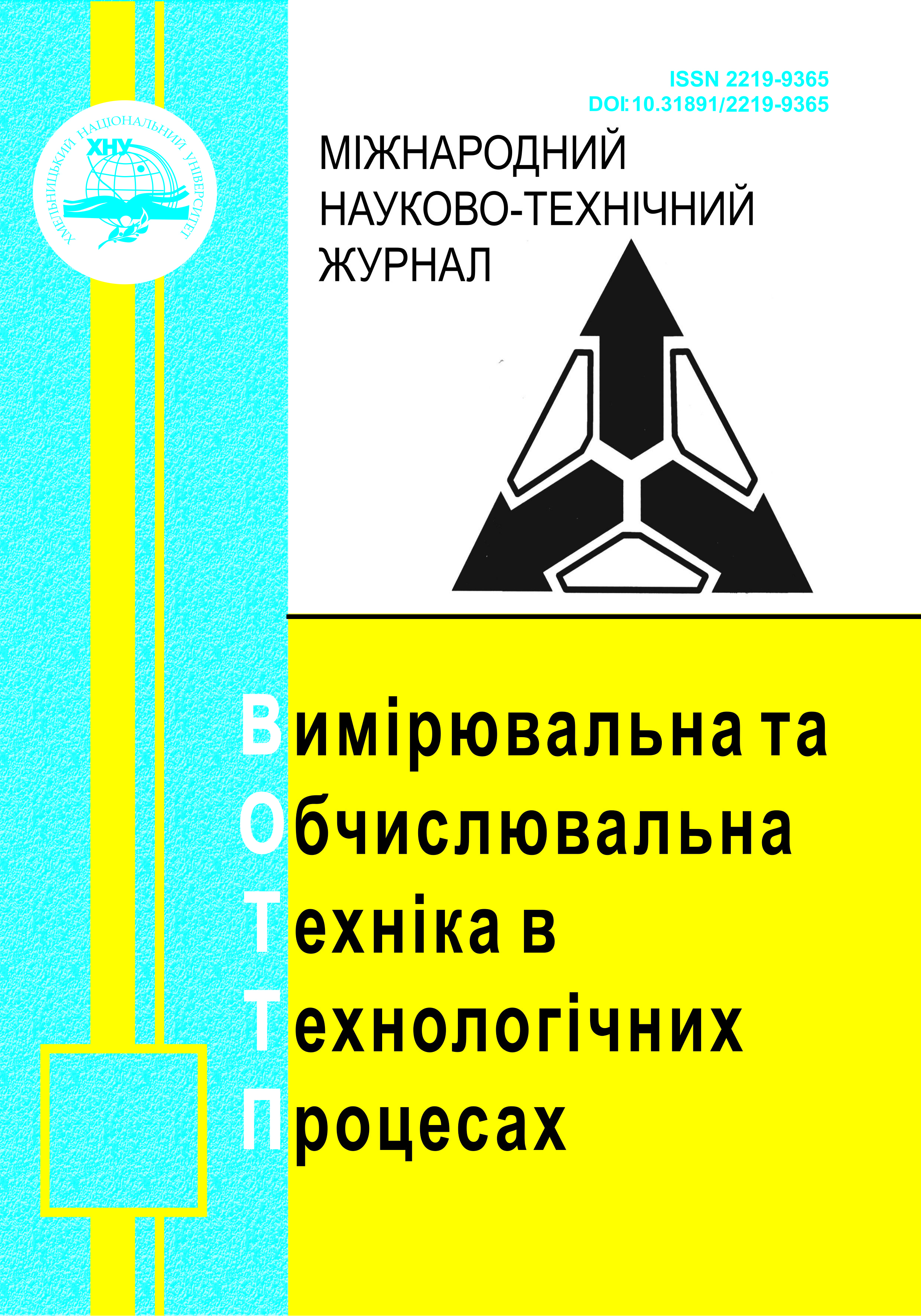SOME FEATURES OF THE OPERATION MODES OF A CONTINUOUS WAVE NUCLEAR QUADRUPOLE RESONANCE SENSOR WITH INCREASED LINEARITY OF CONVERSION UNDER CONDITIONS OF FREQUENCY AND MAGNETIC MODULATIONS
DOI:
https://doi.org/10.31891/2219-9365-2021-68-2-1Keywords:
nuclear quadrupole resonance, marginal oscillator, modulation, spectrum, continuous wave spectroscopyAbstract
Despite the fact that in modern radiostectroscopy of nuclear quadrupole resonance (NQR), a mainly pulse method of registration of resonant signals is used, a continuous wave method, the basis of which is the method of marginal oscillator detection of spin resonances, is still quite relevant. In particular, the ability to reconfigure the frequency of the resonance while maintaining high sensitivity in a wide frequency range allows you to successfully use marginal oscillator sensors both when registering the NQR spectra and dimensional resonances and in the development of sensitive sensors of physical quantities.
In this article the analysis of the operation of the marginal oscillator NQR sensor with an increased linearity of the conversion in frequency modulation mode is carried out. It has been established that to obtain optimal results, the frequency modulation function must be squarely rectangular shape with a variable sign relative to the zero level. It has been established that the preferred conditions for registering the resonant signal are achieved using a bipolar form of the pulsed magnetic field. The SPICE modeling of the time dependences of the tensions of magnetic fields of square-rectangular and bipolar forms in the location zone of the studied sample in the coil of the marginal oscillator NQR during the resonance conditions, as well as the harmonic analysis of the modulating signals is carried out. The effectiveness of the application of Zeeman modulation and non-modulation resonance transmission techniques in continuous wave NQR spectroscopy has been experimentally confirmed and the obtained spectra have been compared.
The analysis of the operation of the continuous wave NQR sensor with increased linearity of conversion allowed us to conclude that the considered scheme provided sufficient sensitivity and the S/N ratio in the operating frequency range for NQR studies. The possibility of using the unmodulated passage of the resonance line in continuous NQR by fast scanning by a magnetic field is confirmed, which enables express search of spectra of unknown substances and allows to significantly reduce the experiment time.

